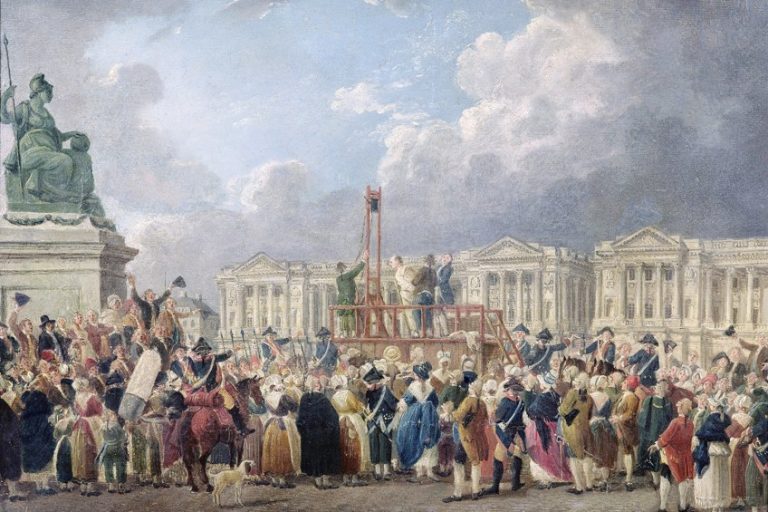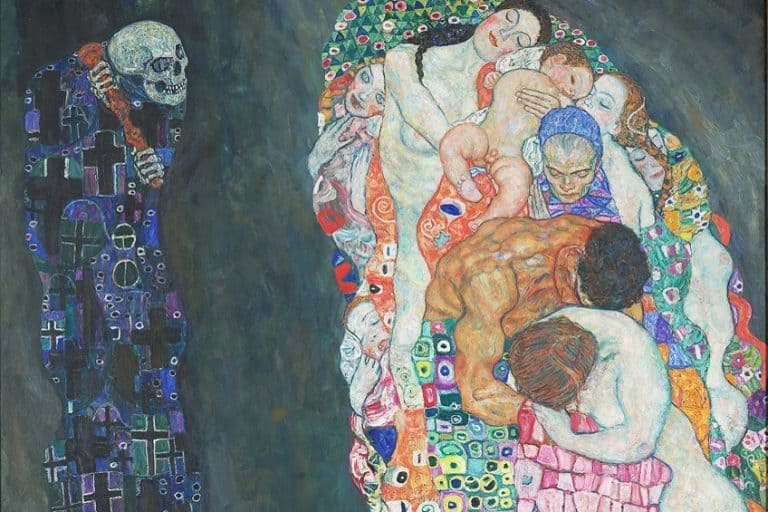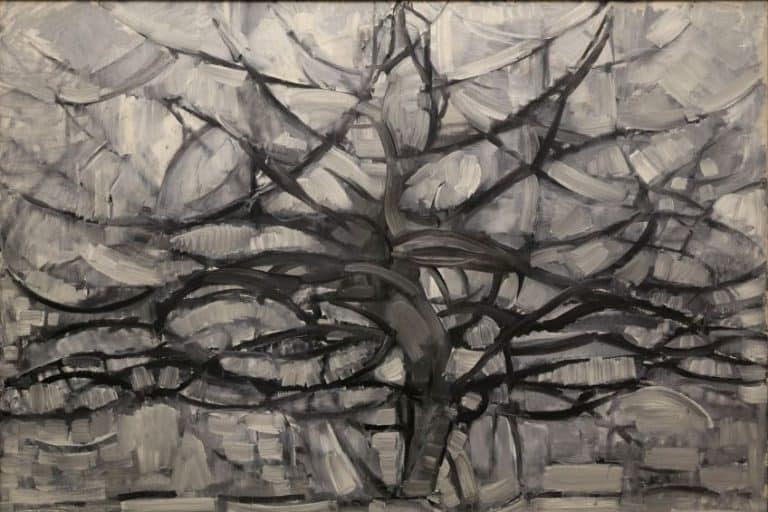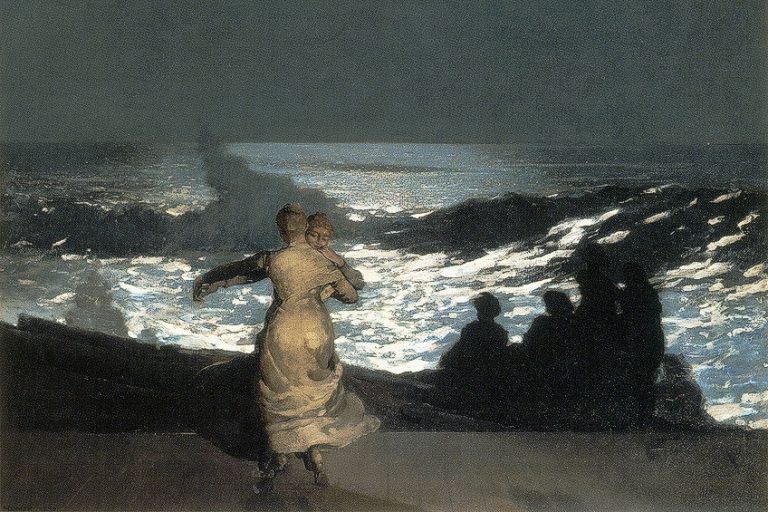“Balloon Girl” by Banksy – Analysing the Girl With the Red Balloon
The stencil of Balloon Girl by Banksy, the renowned street artist, is also known as Girl with Balloon and is one of his most well-known artworks, both instantly recognized and emotionally moving. It portrays a small girl with a red balloon that floats just out of reach as a big gust of wind blows against her dress and hair. But, what is the Girl with Balloon meaning, and why was it produced? Let’s find out by taking a look at the street art painting Balloon Girl by Banksy.
The Girl With Balloon Meaning and History
| Artist | Banksy (1973 – Present) |
| Date Completed | 2002 |
| Medium | Street art |
| Dimensions (cm) | 101 x 78 |
| Current Location | Waterloo Bridge, South Bank, United Kingdom (original) |
Balloon Girl by Banksy is part of a 2002 London series of stencil paintings portraying a little girl with her hand outstretched toward a red heart-shaped balloon swept away by the wind. Street paintings in the South Bank of London on the Waterloo Bridge and Shoreditch were among the sites for this artwork, as were additional murals across London, although none still exist. Banksy has used variations of this image to promote social initiatives on various occasions, including in 2005 to promote the West Bank barrier, in 2014 to assist the refugee crisis involving the people of Syria, and again in 2017 to promote the UK election.
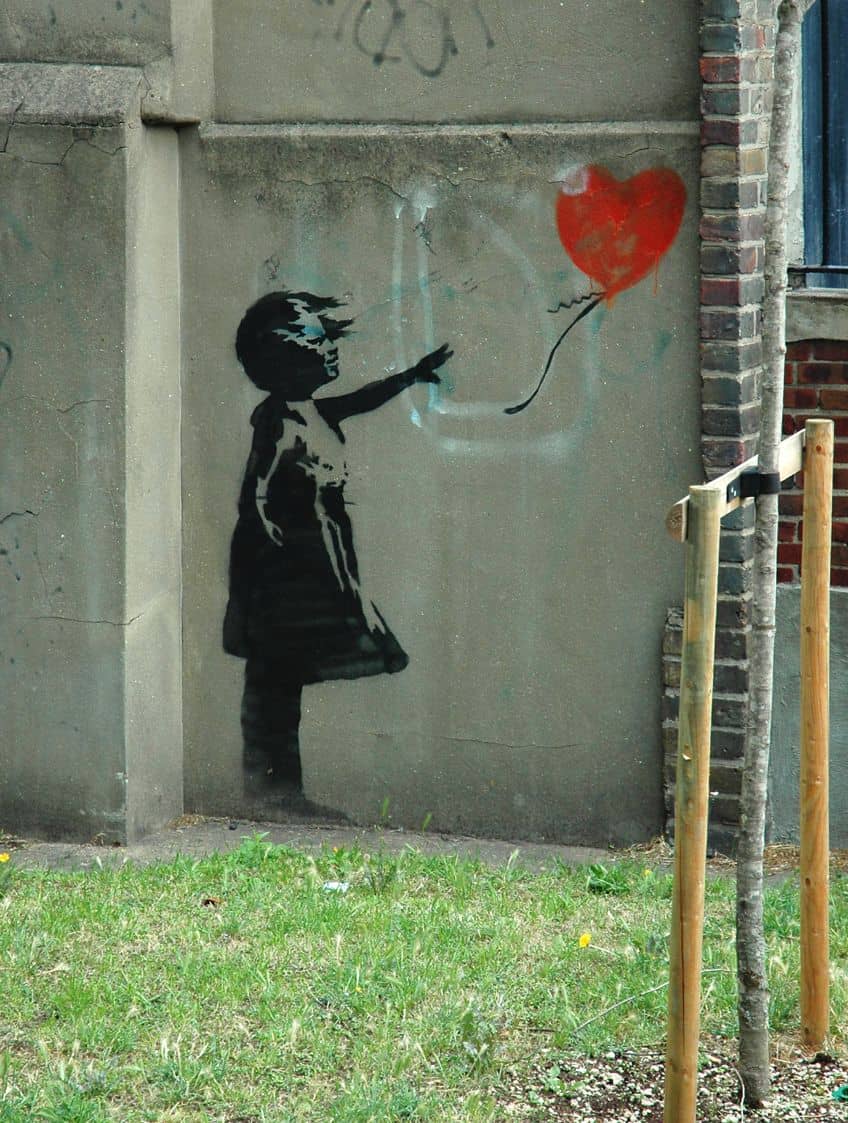
The girl with a red balloon painting was voted the United Kingdom’s favorite artwork in a 2017 Samsung survey. In 2018, a framed duplicate of the piece suddenly shredded during a bidding auction, thanks to a mechanical gadget installed in the frame by Banksy. He admitted responsibility for the shredding and renamed the modified painting Love is in the Bin. According to Sotheby’s, it was “the first piece in history produced during an auction live”.
Girl With Balloon Meaning
It’s unclear if she voluntarily let go of the balloon, suggesting an image of childlike independence, or if she unintentionally let go of the dangling rope and is staring in misery as the balloon floats away. In any case, Banksy combined the piece with the words “There is always hope” when it was painted on London’s Waterloo Bridge (later erased by the authorities). As a result, the painting has come to symbolize both childlike innocence and the need of being hopeful even in the harshest of circumstances. The red balloon, being the single color, is an iconic emblem of youth and freedom with which many of us identify. More than just a toy, it symbolizes the fragility of everything it represents: purity, dreams, optimism, and love. It is one of several works by Banksy that deal with the issue of childhood.
The artist uses the innocent character and moral purity associated with young children to reflect on society, emphasizing its flaws and inequalities.
Banksy regularly juxtaposes pictures of childhood, with their closely related ideals of innocence and nostalgia, with dismal and depressing topics of war, political conflict, and global monitoring. In this way, the gentleness of the child’s image conveys a more strong and more shocking message. Viewers of the work of art are moved to tears by the small child’s tragedy. At the same time, her outstretched hand represents a strong and laudable desire for something better. As a result, the picture has become a worldwide emblem of hope. Her tragic gesture, well-liked by the community and artists alike, calls out to all of us, rendering this one of the most iconic works of the 21st century.
Versions and Controversy
Waterloo Bridge and several sites throughout London were used for this artwork, although none of them exist anymore. A 2004 rendition of the painting that was located at an east London shop in Shoreditch, was dismantled by the Sincura Group in 2014 and sold on the 19th of September, 2015. Numerous limited edition copies of the painting were made and grew in value over time. In 2003, a series of 25 signed prints were made, followed by a batch of around 150 signed copies in 2005. Banksy featured it as part of a series of paintings on the West Bank barrier in August 2005, a variant dubbed Balloon Debate showing the girl flying over the wall while clutching a handful of balloons.
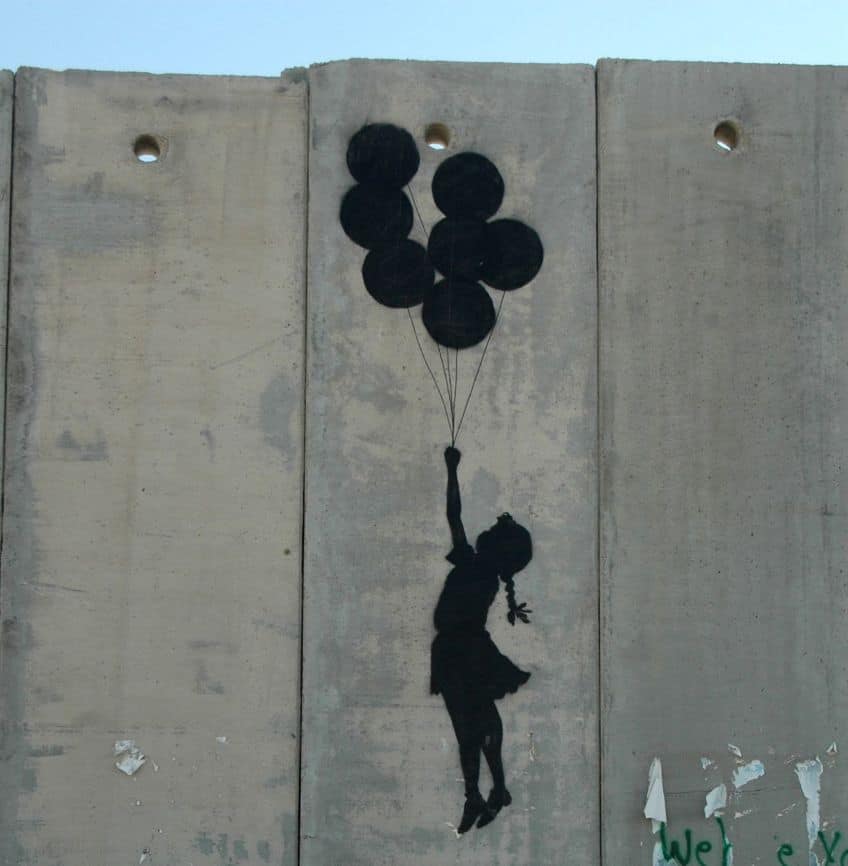
Banksy recreated the artwork to portray a Syrian refugee on the third anniversary of the Syrian crisis in March 2014. The picture was projected on Nelson’s Column on the 13th of March. An animated video incorporating animations inspired by Banksy’s artwork was released. In the weeks that followed, Justin Bieber obtained a tattoo inspired by the original artwork and uploaded a photo of it on Instagram. Banksy released a variation of the artwork in early June 2017, just before the general election in the United Kingdom, with the balloon colored with the design of the Union Jack. Banksy first offered free prints of his work to registered voters in specific constituencies who could provide proof of voting against the Conservatives. The offer came with a disclaimer: “This image is a commemorative piece of campaign material; it is in no way intended to impact the electorate’s decisions”. On the 6th of June, 2017,
Banksy canceled this offer after the Electoral Commission told him that it might break election bribery rules and invalidate the election results in particular areas.
How Balloon Girl by Banksy Became So Famous
Banksy, the mysterious street artist, painted a minimalist, innocent picture on a white shop wall in Shoreditch, London, 20 years ago: a little girl, windswept and monochromatic, grasping for a brilliant red, balloon shaped like a heart. Banksy was not yet a household name at that stage. He was a specialist artist, revered by Bristol underground graffiti artists and becoming increasingly infamous for the humorous large-scale artworks he created throughout London and Bristol. He is now a (still unknown) global sensation, and that modest Shoreditch painting has become one of the most enduring images of this century. The artwork’s ascension to icon status was gradual. Following the first Shoreditch stencil and the second iteration in London’s Southbank, both of which emerged later in 2002, the piece remained nothing more than a local street artwork, appealing to pedestrians but unknown to the larger cultural environment.

The Rise in Popularity of the Girl With a Red Balloon Painting
Banksy did not recognize the image’s capacity for mass replication until two years later, in 2004, when he collaborated with curator and photographer Steve Lazarides to create the sole known print edition of Balloon Girl by Banksy. Banksy also produced copies, such as a limited edition of Girl with Balloon sprayed onto canvases. In 2004, Banksy had a relatively small fan base. He wasn’t yet a global sensation.
The editions did not sell out, and the inexpensive unsigned version was more popular at the time. The demand for the artwork and Banksy’s artworks, in general, did not take off for several years.
That lack of market excitement seems unfathomable now when unsigned editions frequently go for more than £100,000 at auctions, and artist’s copies have been bought for £1 million and more. The journey of the artwork from a bought-in auction item to a £100,000 mainstay mirrored both a general print industry trend and a specific direction for the creator. Around 2007, the demand for prints grew dramatically.
Pest Control
It’s no surprise that the next year, in 2008, Banksy founded Pest Control to identify his works and prevent forgeries, of which there were many. The Pest Control website describes itself as the “legal guardian of Banksy” and claims to be the “only point of contact with the artist”. With its verification mechanisms in place, buyers may be confident in the authenticity of Banksy’s artworks acquired on the secondary market, particularly print editions. The market grew further, with unsigned editions surpassing the £1,000 barrier about 2008. Around the same time, the artwork’s limited-run painting versions began to sell on the secondary market, and a canvas of the girl with a red balloon artwork sold for $158,500 at a Phillips auction in 2008.
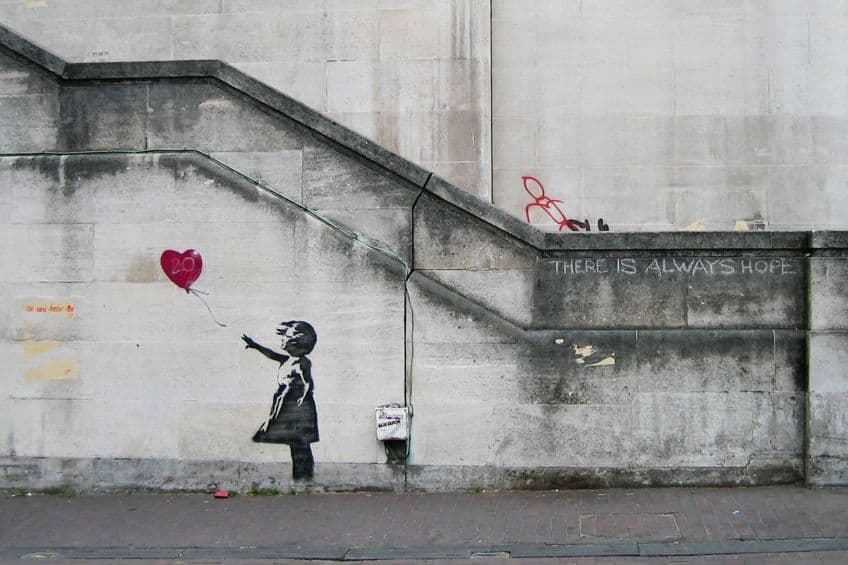
Political Use
While Pest Control‘s authentication methods may have contributed to the piece’s growing popularity, another important aspect was Banksy’s increasing involvement with contemporary culture and the media during the 2000s and 2010s. Throughout the decades, the artist replicated the painting several times, typically employing the image’s combined playfulness and solemnity to emphasize contemporary societal themes. In 2005, he painted a replica of the Israeli-West Bank border wall. In 2014, he created a version over numerous worldwide locations to honor Syrian refugee casualties. It was no longer just a striking sight; it had become an instantly identifiable emblem of social injustice and lost innocence.
Over the same time period, Banksy himself adopted the position of commentator-provocateur, with his 2015 installation Dismaland undermining art industry systems in enormous, conspicuous proportions.
The Shredding of Balloon Girl By Banksy
By the late 2010s, Banksy’s standing as a global legend had been cemented, and his pieces were frequently fetching millions of dollars at auction. In this environment, a momentous auction of a canvas of the artwork altered Banksy’s public view and drove his market skyrocketing. An unidentified buyer paid $1.4 million for a canvas painting of the artwork during Sotheby’s autumn London sale in October 2018. A secret mechanism in the artwork’s frame activated shortly after the sale, destroying the piece live on the platform and throwing the torn threads to the floor.
The prank received extensive news coverage resulting in possibly the largest increase in Banksy’s market presence to date. The greatest event of 2018 was undoubtedly the shredding—there was a direct impact. They had clients phone them the next day, asking if shredding their prints would make them more valuable. According to a Sotheby’s employee, it was all such a scene, and there was a major resurgence of interest in the subject following that moment.
It’s an accurate assessment of where the artwork sits today, both in the public consciousness and in the market: overblown, yet trenchant. “The market is still extremely robust”, said the Sotheby’s specialist, noting that 40 to 50 percent of purchasers at the auction house’s two devoted yearly Banksy sales are first-time buyers. “I believe that prices for the artwork hit their peak in 2020 and 2021. We did notice a profusion of unsigned copies in the marketplace at the close of it, which led to a modest weakening of the market for those impressions. The market has leveled off – still, it’s his greatest print and remains incredibly popular”.
Balloon Girl by Banksy portrays a young girl with tousled hair and a flowing dress grasping for or freeing a red balloon that has escaped from her hands. The action, together with the red balloon, an archetypal sign of youth and innocence, provides a powerful message that may be interpreted in a variety of ways. Whether the girl is losing or ready to grab the balloon, the message can be understood as a loss of innocence or the entrance of new love and hope.
Frequently Asked Questions
What Is the Girl With Balloon Meaning?
Banksy left the Girl With Balloon meaning cryptic, with the sole hint being a note alongside his initial mural at Southbank: There Is Always Hope. Some see it as a sign of lost innocence, while others feel the girl is releasing the balloon – in any case, Banksy is telling viewers to hold on to hope, even though it appears to be out of one’s reach. In 2014, he developed a version with a child wearing a hijab to raise funds for Syrian refugees.
When Was a Print of the Painting of the Girl With a Red Ballon Released?
Banksy initially published prints of the painting in 2004, with just 150 autographed and 600 unmarked versions available. Banksy sold autographed versions for £150 when it was first launched. It may come as a surprise to hear how much the artwork is now worth: prints frequently sell for six-figure prices, and it is among them the most expensive Banksy prints ever sold.
Alicia du Plessis is a multidisciplinary writer. She completed her Bachelor of Arts degree, majoring in Art History and Classical Civilization, as well as two Honors, namely, in Art History and Education and Development, at the University of KwaZulu-Natal, South Africa. For her main Honors project in Art History, she explored perceptions of the San Bushmen’s identity and the concept of the “Other”. She has also looked at the use of photography in art and how it has been used to portray people’s lives.
Alicia’s other areas of interest in Art History include the process of writing about Art History and how to analyze paintings. Some of her favorite art movements include Impressionism and German Expressionism. She is yet to complete her Masters in Art History (she would like to do this abroad in Europe) having given it some time to first develop more professional experience with the interest to one day lecture it too.
Alicia has been working for artincontext.com since 2021 as an author and art history expert. She has specialized in painting analysis and is covering most of our painting analysis.
Learn more about Alicia du Plessis and the Art in Context Team.
Cite this Article
Alicia, du Plessis, ““Balloon Girl” by Banksy – Analysing the Girl With the Red Balloon.” Art in Context. March 24, 2023. URL: https://artincontext.org/balloon-girl-by-banksy/
du Plessis, A. (2023, 24 March). “Balloon Girl” by Banksy – Analysing the Girl With the Red Balloon. Art in Context. https://artincontext.org/balloon-girl-by-banksy/
du Plessis, Alicia. ““Balloon Girl” by Banksy – Analysing the Girl With the Red Balloon.” Art in Context, March 24, 2023. https://artincontext.org/balloon-girl-by-banksy/.



